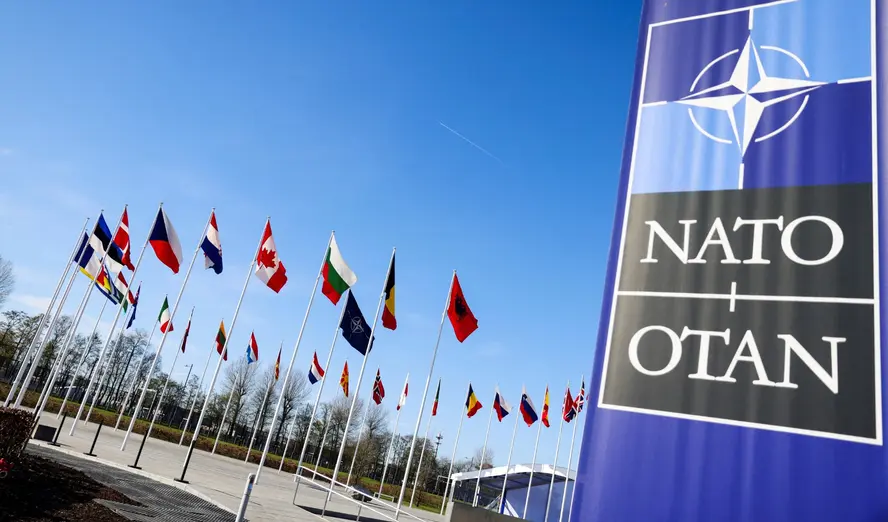The Los Angeles fires are an emerging catastrophe affecting hundreds of thousands of people, but unless something dramatically different is done, such disasters will become more and more common.
So far, the fires have forced hundreds of thousands to evacuate, destroyed thousands of homes, and have resulted in at least five fatalities. Authorities believe the worst may still be ahead of us.
The climate is changing in ways that are increasing the frequency and intensity of wildfires, contributing to already distressed forests and other landscapes. The built environment—homes, buildings, and infrastructure—is at increasing risk of catastrophic loss as climate impacts are changing the way fire behaves when it arrives. Individuals and communities are woefully underprepared to respond appropriately to fast-moving fires. America\’s structural and wildland fire response systems were never intended to address blazes at the scale and complexity witnessed today. These factors, and others, are all helping to turn sparks into major disasters.
America\’s structural and wildland fire response systems were never intended to address blazes at the scale and complexity witnessed today.
Nothing changes if nothing changes. Doing something differently requires thinking long term—at least 50 to 75 years out. The wildland fire crisis is over a century in the making and evolved from federal policy choices that include suppression-oriented fire management tactics aimed at erasing fire from the landscape. That strategy was executed alongside land management decisions that allow for high-risk settlement with minimal resilience measures. In addition, the devaluing of appropriate land management and responsibilities to the point of banning proven alternative approaches to fire management, such as indigenous burning, has left a literal tinderbox. Finally, the unfettered emission of carbon dioxide contributes to climate change, worsening the unintended effects of these policies. The risk debt of these decisions is being realized now and will continue to be realized over the years and decades to come.
Building a better future of wildland fire resilience requires answering four questions:
What will wildland fire–affected regions in America look like 50 years from now under current trajectories?
The starting point for avoiding catastrophe is developing a clear understanding of what America will look like 50 years from now if the nation continues to treat fire in the same manner it has for decades. Will communities, infrastructure, economies, and landscapes survive and thrive? Wildfires are clearly increasing in frequency and severity, but to what level and to what effect? If the current system for land and wildland fire management continues while climate and other factors change, what will wildfire-affected regions, including the households, communities, and the industries within them, look like 50 years from now? To help describe this condition, it\’s important to consider positive predictions of what the nation could look like in 50 years.
Subscribe to the Policy Currents newsletter
EmailSubscribe
What must be done over the next 50 years to create resilience to unwanted wildfire in these regions?
Forward-looking approaches can be developed to avoid an apocalyptic future. How can negative trajectories of wildfire impacts be avoided? What is needed in terms of adaptations to the built environment, forests, and rangelands, by people and communities, the insurance industry, government agencies, industry, and regulation and governance strategies to both reduce the risk of catastrophic loss and improve resilience over the short, medium, and long term? What reforms to the current system or foundational new changes are needed? This question establishes a vision for moving from the current baseline towards long-term wildland fire resilience.
Who should be involved?
Building long-term wildland fire resilience will require sustained involvement from all those individuals, groups, agencies, and organizations with an interest in the outcomes of wildland fire. Simply put, everyone has a stake in the outcomes of wildland fire. Given the complexities of wildland fire, it is likely that no one group will have the sole influence and power to implement identified solutions. Who should do what, and how can different stakeholders work together and achieve collective action for the benefit of all? This question focuses on mapping the stakeholders and the roles they can and will play in achieving the desired vision.
How can actionable solutions be achieved?
Practical and achievable steps for moving toward a wildfire-resilient 2075 are needed. What are the short-, medium-, and long-term steps that identified stakeholders can take? How can finite resources and focus be targeted at achievable actions that serve the broader goal immediately while also building toward a more resilient and sustainable future?
Just as there are no easy answers to these questions, there are no easy solutions to averting the growing crisis and building wildfire resilience. Changing from crisis to a vision of thriving prosperity will inevitably take decades, involve sustained efforts across levels of society and sectors, and require significant and sustained investments. However, if nothing changes, outcomes will continue to be increasingly catastrophic at household, community, regional, and national levels.
Source: www.rand.org



